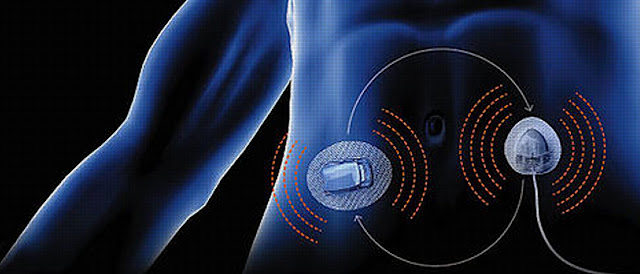The Power of Integration: Unveiling the Potential of Lab-On-A-Chip Devices
 |
| Lab-On-A-Chip |
In the realm of biomedical research and diagnostics, lab-on-a-chip (LOC) devices have emerged as a powerful and transformative technology. These miniature analytical systems integrate multiple laboratory functions onto a single microchip, enabling rapid and precise analysis of samples with minimal resources. In this blog, we will delve into the potential of these devices and explore their diverse applications in healthcare, environmental monitoring, and beyond.
The true power of lab-on-a-chip devices lies in their ability
to integrate various analytical processes onto a tiny chip. These devices
combine multiple functions, such as sample preparation, mixing, separation,
detection, and analysis, into a single platform. By miniaturizing and
integrating these processes, LOC devices offer several advantages, including
reduced sample and reagent volumes, faster analysis times, and improved
efficiency. The integration also eliminates the need for complex and bulky
laboratory equipment, making LOC devices portable and suitable for
point-of-care diagnostics and resource-limited settings.
This devices are revolutionizing healthcare by enabling rapid
and accurate diagnostic tests. These devices can detect diseases, monitor
biomarkers, and analyse genetic material, providing valuable information for
early detection and personalized medicine. LOC devices have found applications
in various fields, including infectious disease diagnostics, cancer detection,
and genetic testing. They offer quick turnaround times, require smaller sample
volumes, and can be easily adapted for use in remote or resource-limited areas,
making them invaluable tools for improving healthcare access and outcomes.
According to Coherent Market Insights The global
lab chips and microchips (biochips) market was valued at USD 15,268.0
million in 2022 and is projected to reach USD 41,690.9 million by 2030, with a CAGR of 13.43 during 2023-2030.
Lab-on-a-chip devices extend beyond healthcare and find
applications in environmental monitoring and other industries. They can be
utilized to detect and analyse contaminants in air, water, and soil,
facilitating efficient monitoring and ensuring environmental safety.
While lab-on-a-chip devices hold immense potential, there are
challenges to overcome, including standardization, scalability, and
cost-effectiveness. However, with ongoing research and technological
advancements, these challenges can be addressed. The future of this devices is
promising, with the potential to transform healthcare, improve environmental
monitoring, and drive innovation across various industries. This devices
represent a remarkable integration of analytical processes onto a single
microchip, unlocking a world of possibilities in healthcare, environmental
monitoring, and beyond.



Comments
Post a Comment